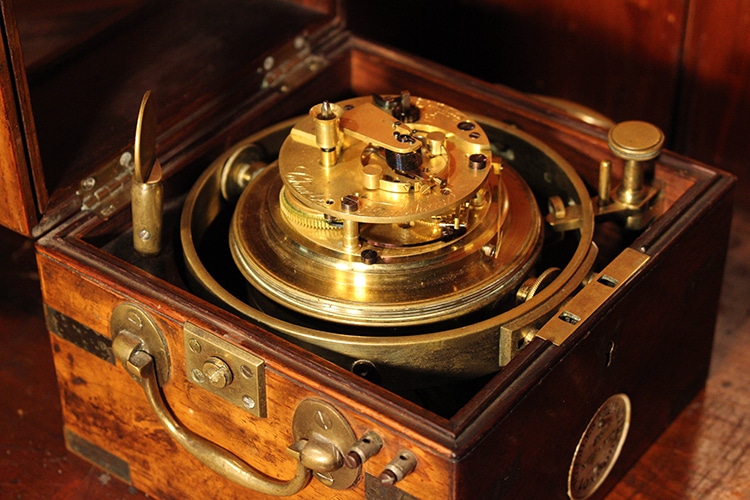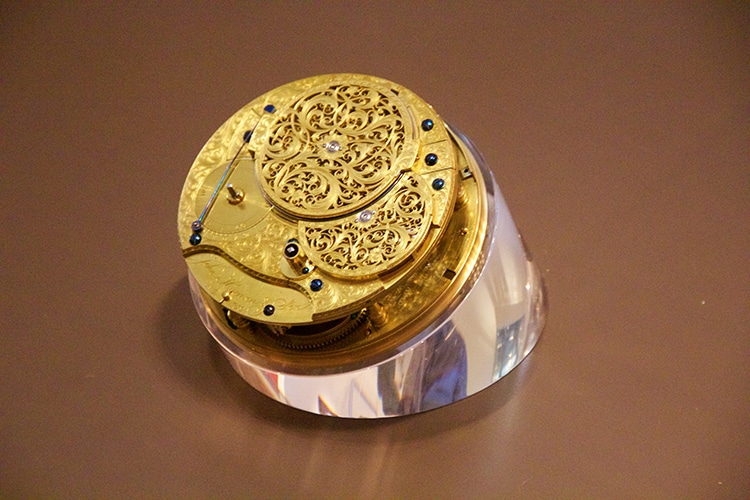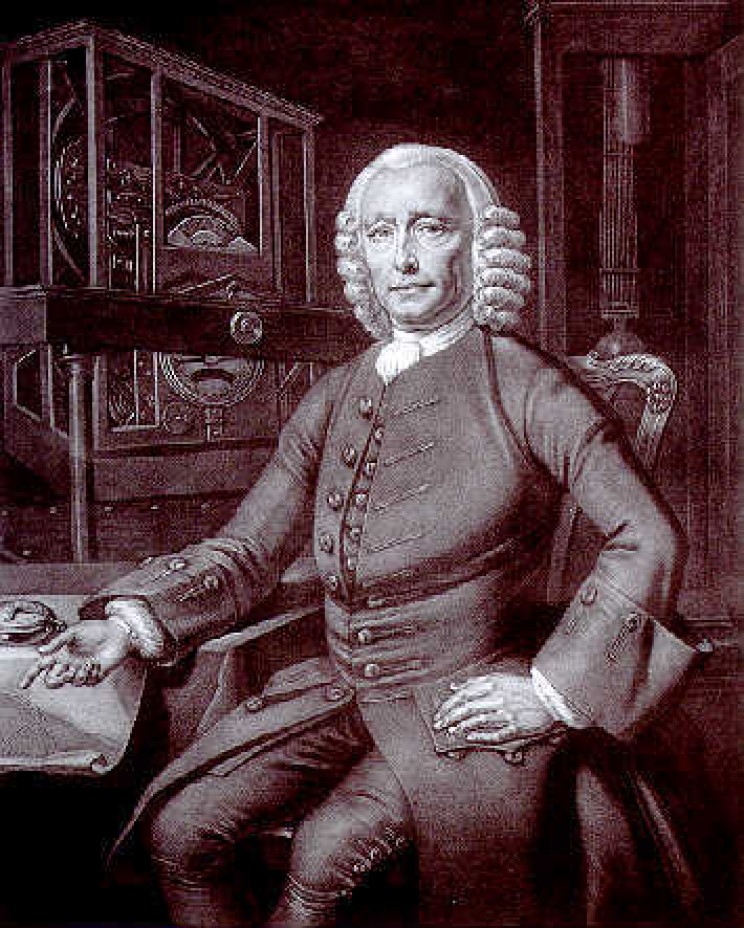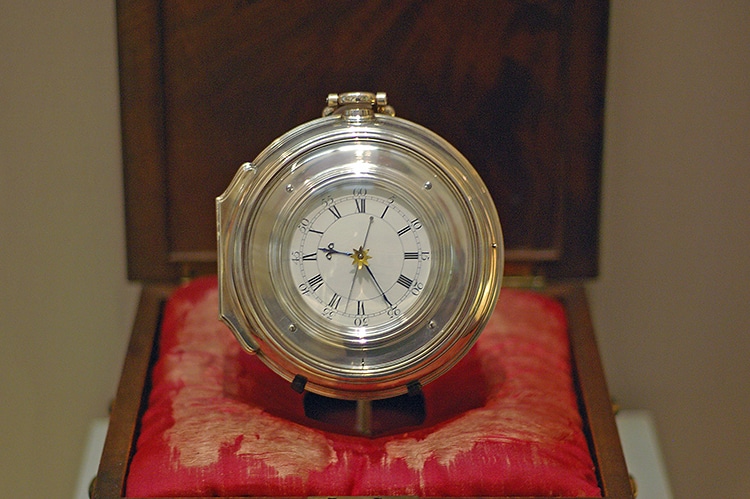A marine chronometer by John Harrison, crafted between 1761 and 1800.
As ships traveled east and west through different longitudes, their clocks were not able to maintain accurate time.
The invention of accurate marinechronometerschanged the course of seafaring and navigation forever.

A marine chronometer by John Harrison, crafted between 1761 and 1800. (Photo: Bjoertvedt viaWikimedia Commons,CC BY-SA 3.0)
In the early 18th century, sailors could measurelatitudeusing the sun and stars.
However, there were no accurate means to determine the longitudinal coordinate of a ship’s location.
Marine chronometer by Charles Frodsham, London, circa 1844 1860.

Marine chronometer by Charles Frodsham, London, circa 1844 – 1860. (Photo: User:Ktr101 viaWikimedia Commons,CC BY-SA 4.0)
In 1728, Harrison began to build his first prototype clock, known asH1.
Pleased with the initial results, Harrison was awarded grants to continue refining his mechanism for improved accuracy.
The clockmaker built models H2 and H3 over the next two decades.

Inside Harrison’s H4 sea watch. (Photo:Mike PeelviaWikimedia Commons,CC BY-SA 4.0)
Harrison’s big break came with his fourth model,H4.
In 1761, the Board tested H4 on a trans-Atlantic voyage.
The results were shockingthesea watchkept almost perfect time.

Portrait of John Harrison (1693-1776), English clockmaker, by Philippe Joseph Tassaert. (Photo:Wikimedia Commons, Public domain)
Arriving in Jamaica, the watch showed a local time only five seconds behind the true time.
The calculations of longitude made from the time kept on H4 were accurate to within one nautical mile.
Unfortunately, the Board and the English Parliament were not immediately convinced of the watch’s accuracy.

An 1802 rendering of John Harrison’s H4 Sea Watch. (Photo:Wikimedia Commons, Public domain)
Chronometers today are encountered particularly in the tradition of Swiss watches, where the term denotes precision and accuracy.
Inside Harrison’s H4 sea watch.
Portrait of John Harrison (1693-1776), English clockmaker, by Philippe Joseph Tassaert.

John Harrison’s H3 Sea Clock timekeeper. (Photo: Bin im Garten viaWikimedia Commons,CC BY-SA 3.0)
An 1802 rendering of John Harrison’s H4 Sea Watch.
John Harrison’s H3 Sea Clock timekeeper.
This allowed very accurate calculations of the ship’s coordinates.

Harrison’s H5 marine chronometer. (Photo: Racklever viaWikimedia Commons,CC BY-SA 3.0)
Harrison’s H5 marine chronometer.